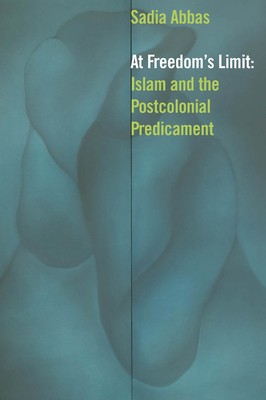
- We will send in 10–14 business days.
- Author: Sadia Abbas
- Publisher: Modern Language Initiative
- ISBN-10: 0823257851
- ISBN-13: 9780823257850
- Format: 16 x 23.1 x 2.3 cm, kieti viršeliai
- Language: English
- SAVE -10% with code: EXTRA
Reviews
Description
The subject of this book is a new "Islam." This Islam began to take shape in 1988 around the Rushdie affair, the collapse of the Berlin Wall in 1989, and the first Gulf War of 1991. It was consolidated in the period following September 11, 2001. It is a name, a discursive site, a signifier at once flexible and constrained--indeed, it
is a geopolitical agon, in and around which some of the most pressing aporias of modernity, enlightenment, liberalism, and reformation are worked out.
EXTRA 10 % discount with code: EXTRA
The promotion ends in 22d.20:45:33
The discount code is valid when purchasing from 10 €. Discounts do not stack.
- Author: Sadia Abbas
- Publisher: Modern Language Initiative
- ISBN-10: 0823257851
- ISBN-13: 9780823257850
- Format: 16 x 23.1 x 2.3 cm, kieti viršeliai
- Language: English English
The subject of this book is a new "Islam." This Islam began to take shape in 1988 around the Rushdie affair, the collapse of the Berlin Wall in 1989, and the first Gulf War of 1991. It was consolidated in the period following September 11, 2001. It is a name, a discursive site, a signifier at once flexible and constrained--indeed, it
is a geopolitical agon, in and around which some of the most pressing aporias of modernity, enlightenment, liberalism, and reformation are worked out.


Reviews